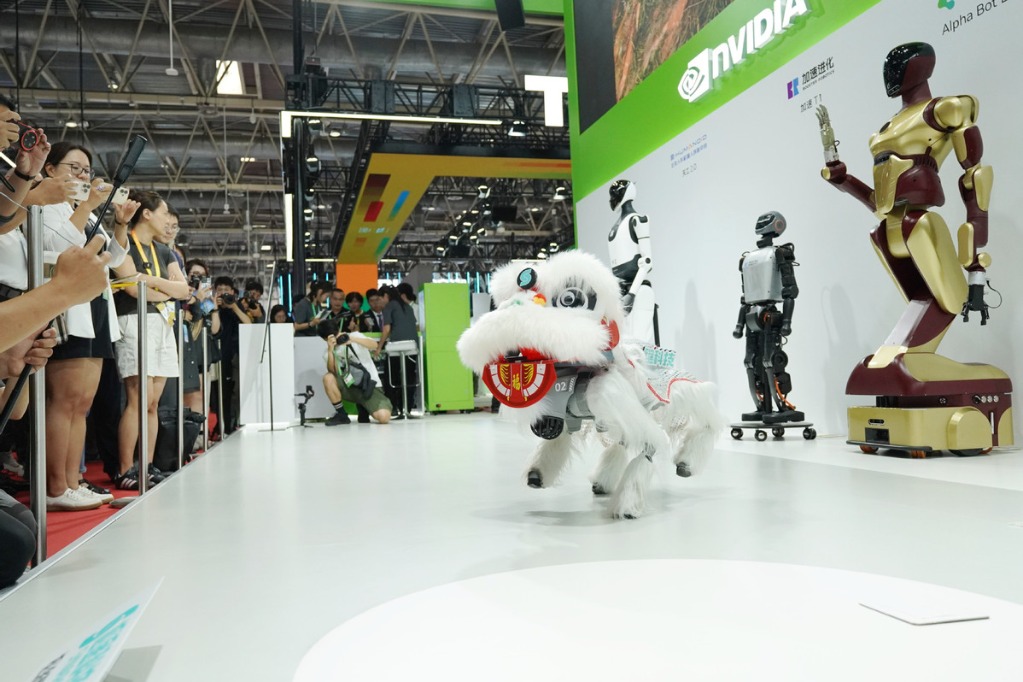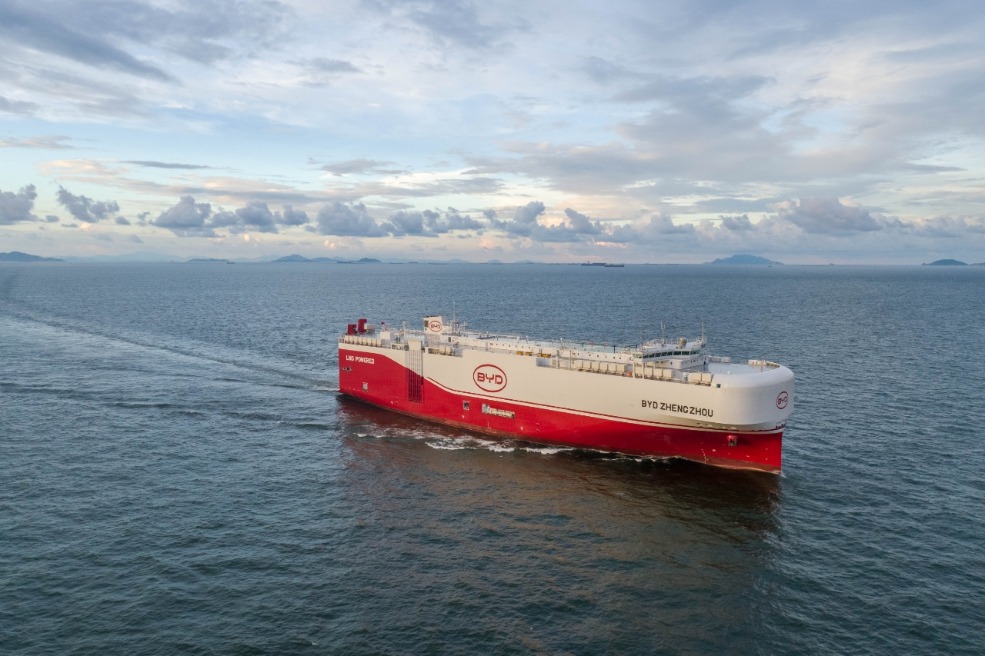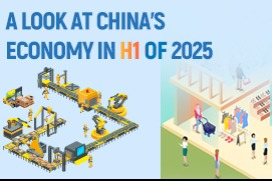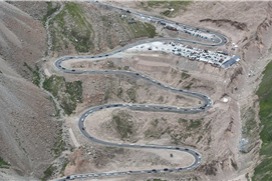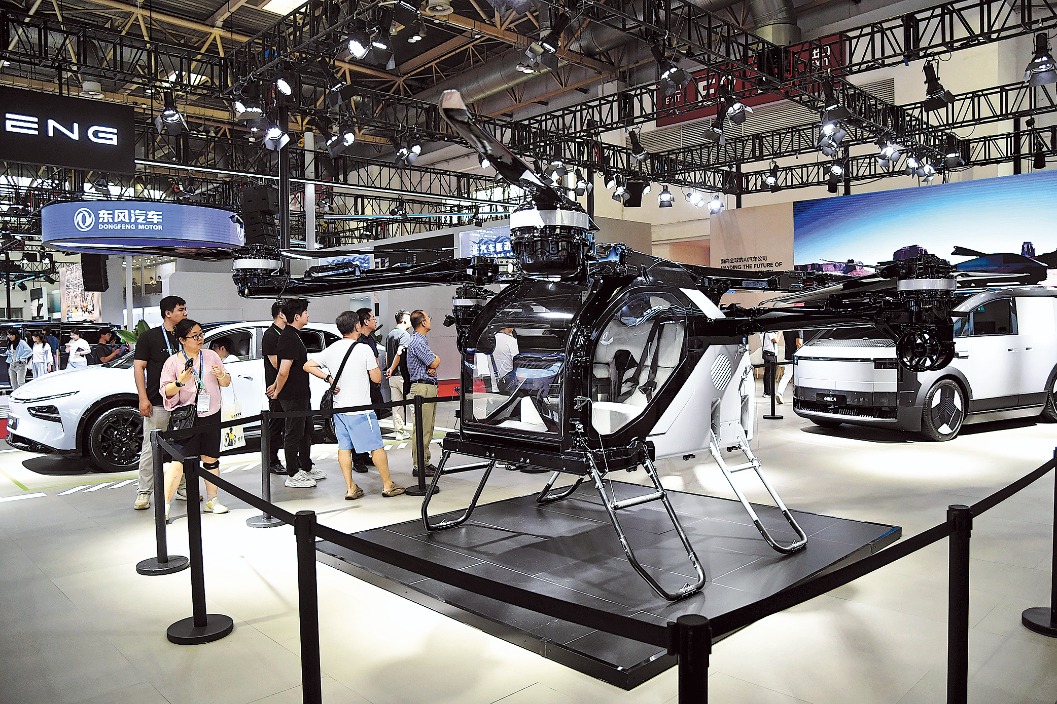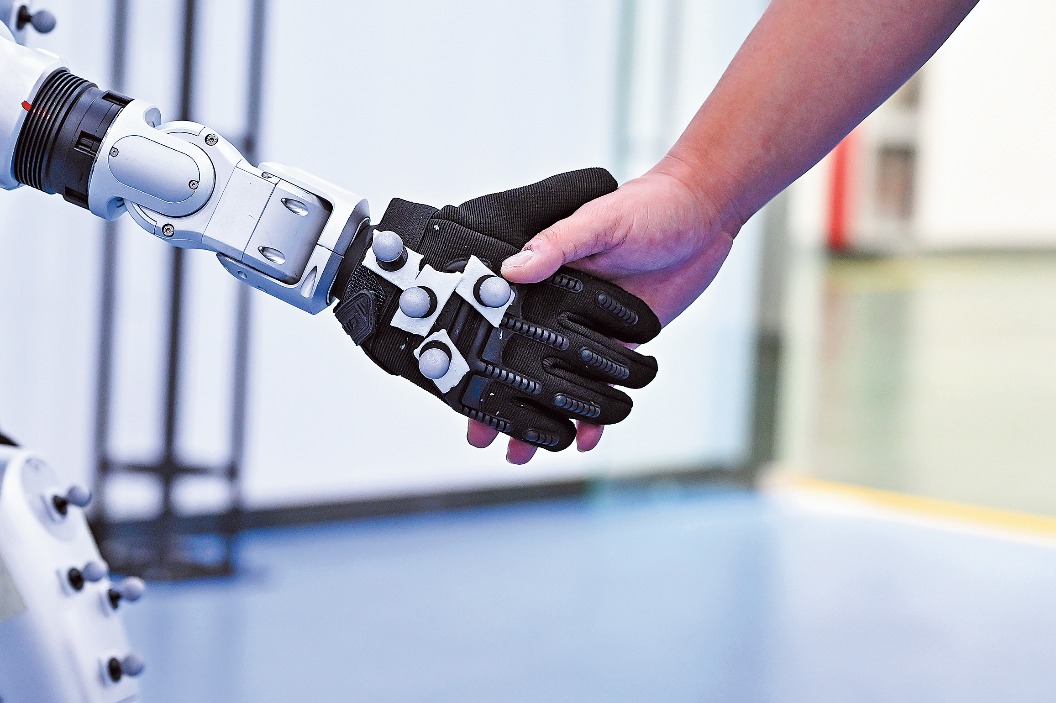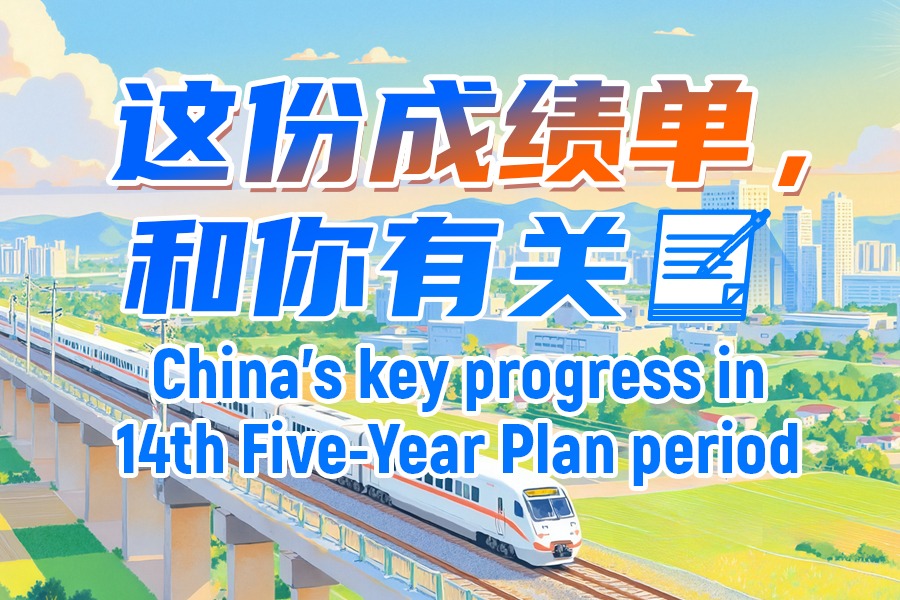High-quality development highlights power facilities


Zhong Zheng, vice-president and chief financial officer of Midea Group, a Chinese home appliance maker based in Foshan, Guangdong province, said new types of power storage have unique advantages such as improved regulation performance, fast construction and exemption from geographical restrictions when compared with traditional pumped-hydro storage energy.
It will be of great importance to the high-quality development in the manufacturing sector as China demands more flexible adjustment power capacity, she said.
According to the country's energy outline during the 14th Five-Year Plan (2021-25) period, China's total installed power capacity will reach 3 billion kW in 2025, with the flexible power supply reaching 720 million kW. Currently, the country's flexible adjustment power capacity is only about 50 million kW, which is far from the target.
However, Zhong said new types of energy storage are still in the early stage of commercialization and face problems such as lower rates of utilization.
She suggested electricity tariffs for new energy storage should enjoy the same policy as that of hydro-pumped power storage to promote more new types of energy storage and ensure profits for investors. She also suggested government departments strengthen regulations in terms of the development of lithium resources, as such resources are in high demand.
Zeng Yuqun, founder and chairman of Contemporary Amperex Technology Co Ltd, the world's largest electric vehicle battery supplier, echoed her ideas, adding that the government should strengthen the test evaluation and demonstration of electrochemical energy storage systems and step up efforts in building a battery energy storage integrated system with large capacity, high safety and high reliability.
Zeng, also a member of the 14th National Committee of the Chinese People's Political Consultative Conference, said while the domestic battery energy storage industry has been growing rapidly in recent years, the quality of products varies a lot, which brings new safety and reliability challenges to the grid-connected operation of the large capacity battery energy storage system.
Under the circumstances, it is necessary to strengthen the evaluation and demonstration of the electrochemical energy storage system and build a national electrochemical energy storage experimental verification platform, he said.
According to Wu Wei, assistant professor of the China Institute for Studies in Energy Policy of Xiamen University, the ever-decreasing battery costs in recent years, thanks to technological advances, have also lowered the cost of new types of energy storage.
The cost, according to Wu, is expected to further decline in the years to come.
Domestic companies, from solar module manufacturers to traditional energy companies, are also actively laying out plans in the energy storage-related business.
State Grid Corp of China, the largest power provider in the country, said it had constructed 23 pumped-storage hydropower stations during the 13th Five-Year Plan (2016-20) period with a total installed capacity of 30.93 million kW and a total investment of almost 180 billion yuan ($26.15 billion).
It vows to further step up construction in the years to come, with the installed capacity for its new type of energy storage up to 100 million kW by the end of 2030, to support the large-scale application of energy storage in the country.
The National Development and Reform Commission said earlier it will introduce a plan for new energy storage development for 2021-25 and beyond, while local energy authorities should also make plans for the scale and project layout of new energy storage systems in their regions.
















